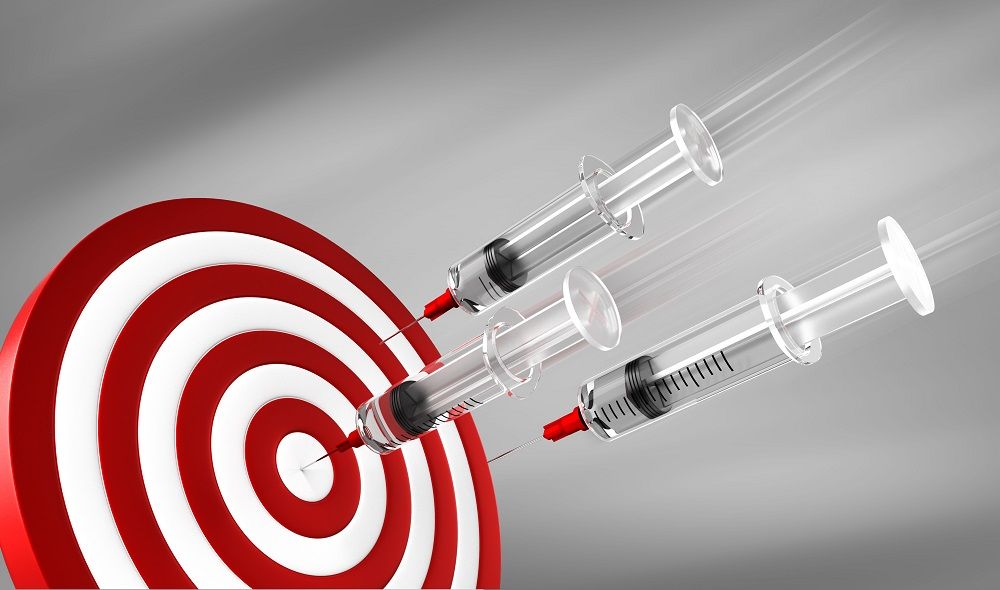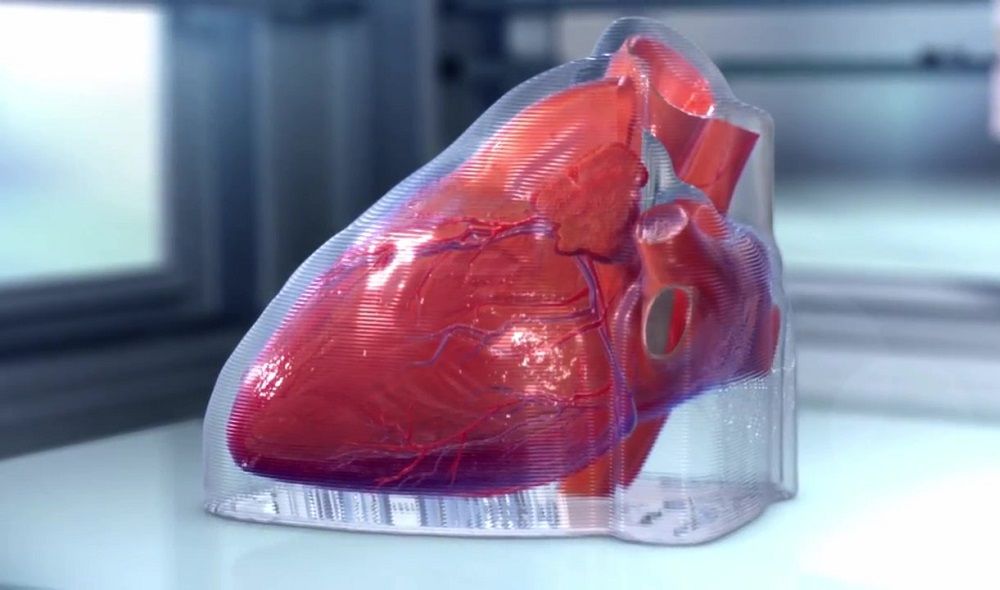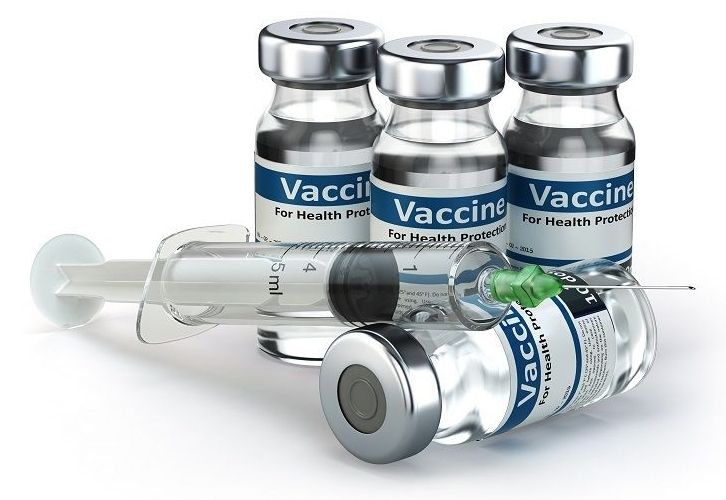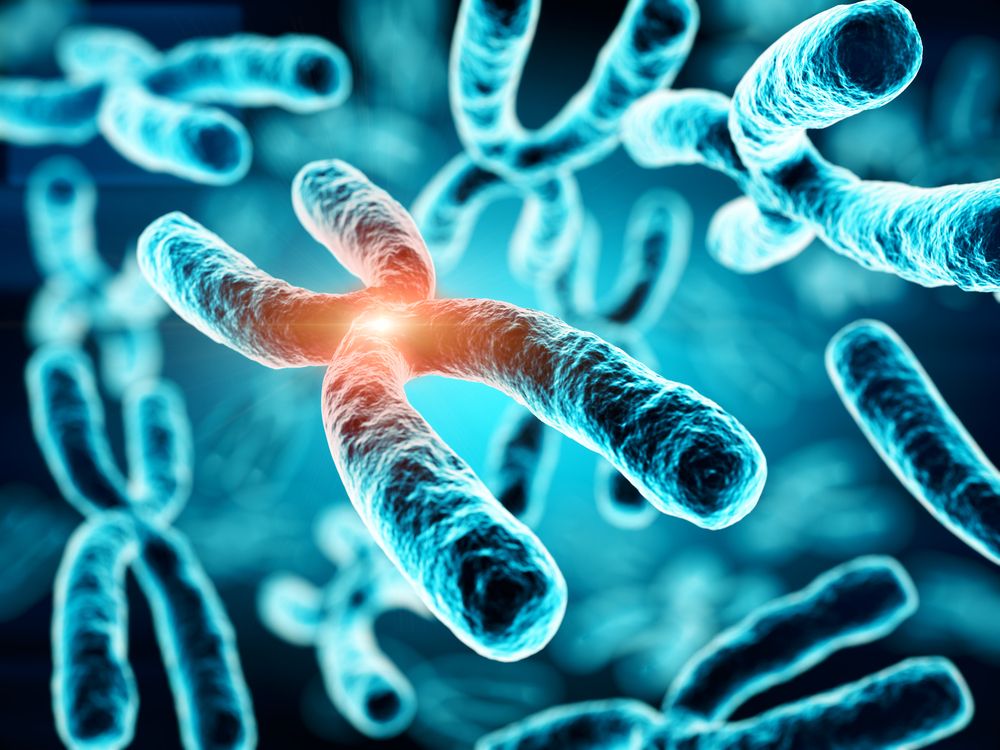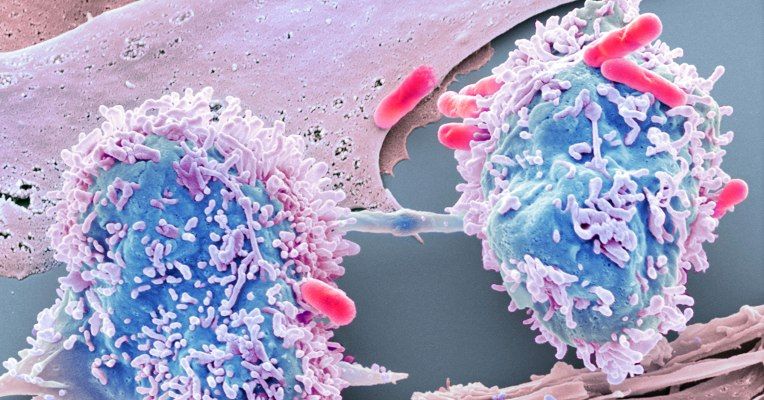Feb 27, 2018
Precision cancer treatment effective in treating tumors
Posted by Brady Hartman in categories: biotech/medical, genetics, life extension
Summary: Researchers who just finished a precision cancer treatment trial at Children’s Hospital Los Angeles just reported that three out of four adult and child cancer patients responded favorably to a new precision therapy which targets a gene mutation. [This article first appeared on LongevityFacts. Author: Brady Hartman. ]
Children’s Hospital Los Angeles (CHLA) reports that three-fourths of adults and children with a variety of advanced cancers in different sites of the body responded to a novel therapy called larotrectinib that targets a specific genetic mutation.
The researchers published the results of this phase 1/2 trial on February 22, 2018, in the New England Journal of Medicine.
Continue reading “Precision cancer treatment effective in treating tumors” »
